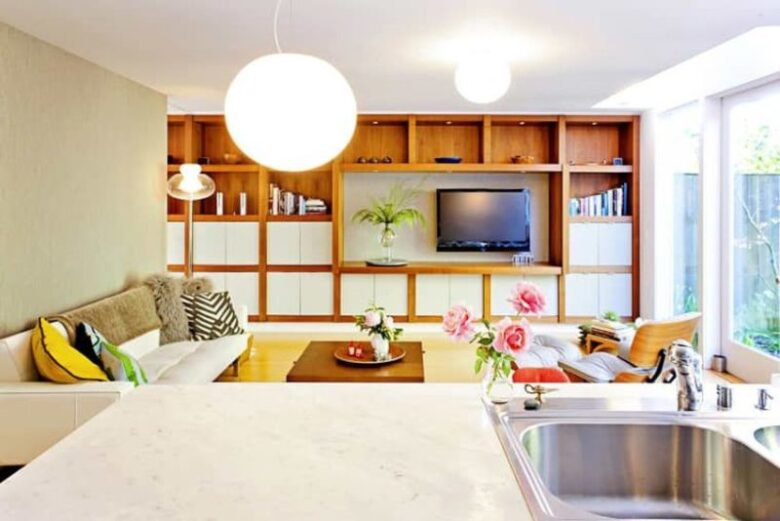In winter many people suffer from listlessness and bad mood. This is mainly due to the fact that the hours of sunshine are decreasing and therefore the proverbial “light in the body” is missing. In most cases, however, this mood and other problems can be solved by light therapy with a daylight lamp.

What problems do the missing hours of sunshine still cause?
Light is an important component for our body because a lack of light causes the melatonin level to rise during the day. The lack of light makes the body think it is night, although it should be kept low during the day. Our body, therefore, demands healthy daylight and the subsequent effect on the melatonin balance. Nevertheless, even with weaker light, the body is still in a state to make all processes work over a longer period of time. However, our mood suffers and depression can develop.

Also, no healthy daylight can lead to sleep disturbances, which are partly caused by the changing incidence of light. This is also the reason why students or shift workers, who often have to work at night, suffer from it.
The human body can itself produce sufficient vitamin D, but only under 20 to 30 minutes of exposure to UV light, which often makes it very critical, especially in winter. This also influences vitamin D balance, which is important for bone formation and stability.
How does light therapy with daylight lamps solve these problems?
Daylight lamps are often organically shaped and large-area lamps that emit daylight. One can speak of daylight because this emitted light color comes very close to the midday sun. In addition, the lamps are fitted with a UV filter that only allows the healthy spectrum of daylight to reach the human retina. It is best to place them in a corner of the room.

To sum it up again: The few hours of sunshine, especially in winter, disturb the balance of melatonin and serotonin in the human body, although it should be mentioned that these two hormones control the human internal clock.
On the one hand, melatonin is crucial for us to be able to sleep and is released when there is no daylight. On the other hand, serotonin helps wake up in the morning and is released when daylight is present. In addition, serotonin is an antidepressant produced by the body. If both are confused, the result is that one is tired, flabby, listless and melancholic.
Normal lamps are too dark and do not have the spectrum of a daylight lamp that animates the body to produce less melatonin and release more serotonin, which solves the problems.
By the way, studies have explicitly shown that light therapy with daylight lamps can help with depression in winter just as well as psychotropic drugs. In addition, this is to help even around some faster and it pulls in contrast to medicines no side effects with itself.
You can find more on the topic here.


